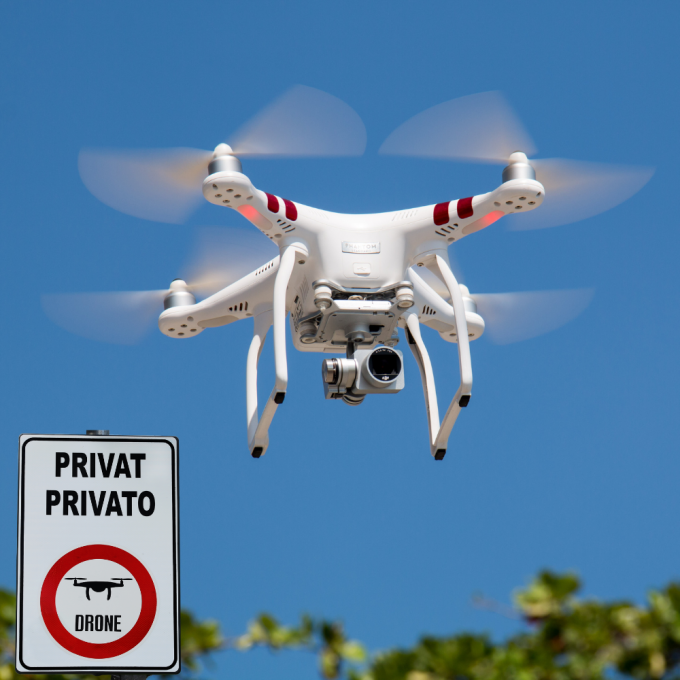In recent years, the proliferation of drones has necessitated the development of advanced drone defense technologies. These technologies are essential for protecting sensitive areas from unauthorized drone incursions. This article provides a detailed overview of five key drone defense methods, highlighting their advantages and disadvantages.
1. Net Capture Technology
Description: Net capture technology primarily uses large rotary-wing drones equipped with net launchers, vehicle-mounted net launchers, or shoulder-fired net guns to intercept and neutralize unauthorized drones.
Keywords: net capture technology, drone interception, net launchers, drone neutralization
Advantages:
- Low technical difficulty
- Effective for immediate response
Disadvantages:
- Requires high operator skill
- Limited precision and range
- Potential for creating dead zones
2. Laser Strike Technology
Description: Laser strike technology involves targeting drones with focused laser beams, causing mechanical or electronic failure.
Keywords: laser strike technology, focused laser beams, drone destruction, electronic failure
Advantages:
- High attack speed
- Precision targeting
- Strong anti-electromagnetic interference
Disadvantages:
- Limited by atmospheric conditions
- High power consumption
- Safety concerns in populated areas

3. Wireless Electronic Interference
Description: Wireless electronic interference disrupts drone operations by jamming their control signals or GPS, causing them to descend, hover, or return to their point of origin.
Keywords: wireless electronic interference, drone jamming, signal disruption, GPS interference
Advantages:
- Low implementation cost
- Compact equipment size
Disadvantages:
- Potential collateral interference
- Short effective range
4. Satellite Navigation Spoofing
Description: Satellite navigation spoofing involves sending false GPS signals to mislead drones about their location, causing them to deviate from their intended path.
Keywords: satellite navigation spoofing, GPS spoofing, drone misdirection, false GPS signals
Advantages:
- Low implementation cost
- High spoofing success rate
Disadvantages:
- Inability to target autonomous drones
- Potential interference with other GPS-dependent systems
5. Precision Interference Strikes
Description: Precision interference strikes analyze and disrupt specific drone communication protocols, forcing them to land or return to their point of origin.
Keywords: precision interference strikes, drone communication disruption, targeted interference, forced landing
Advantages:
- Minimal electromagnetic interference
- Does not affect other devices' operations
Disadvantages:
- High technical complexity
- Increasing difficulty with advancing encryption technologies